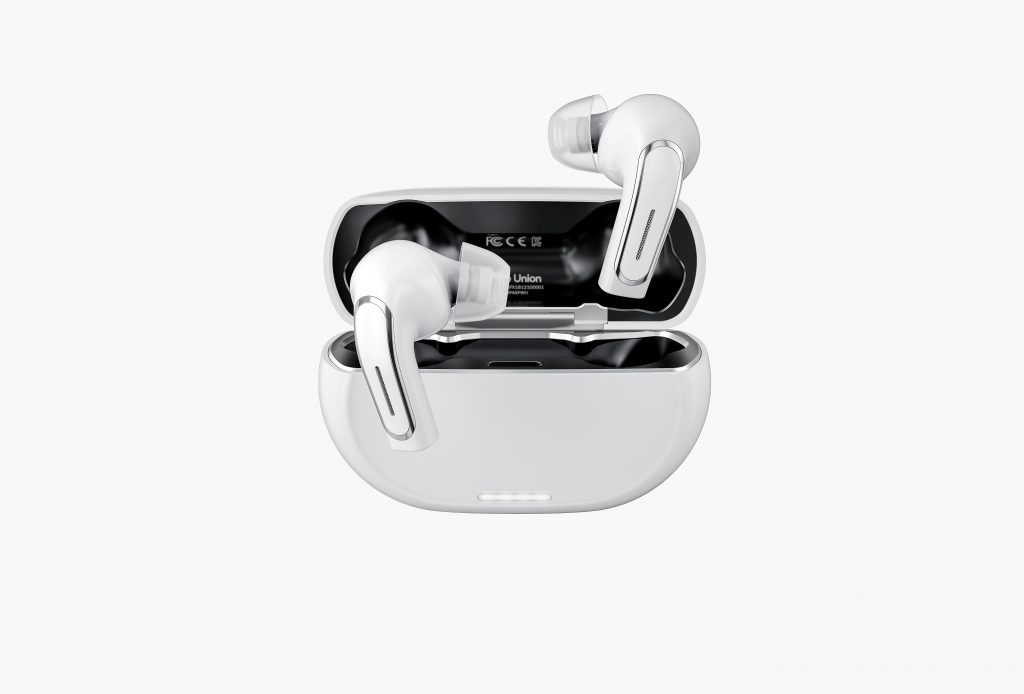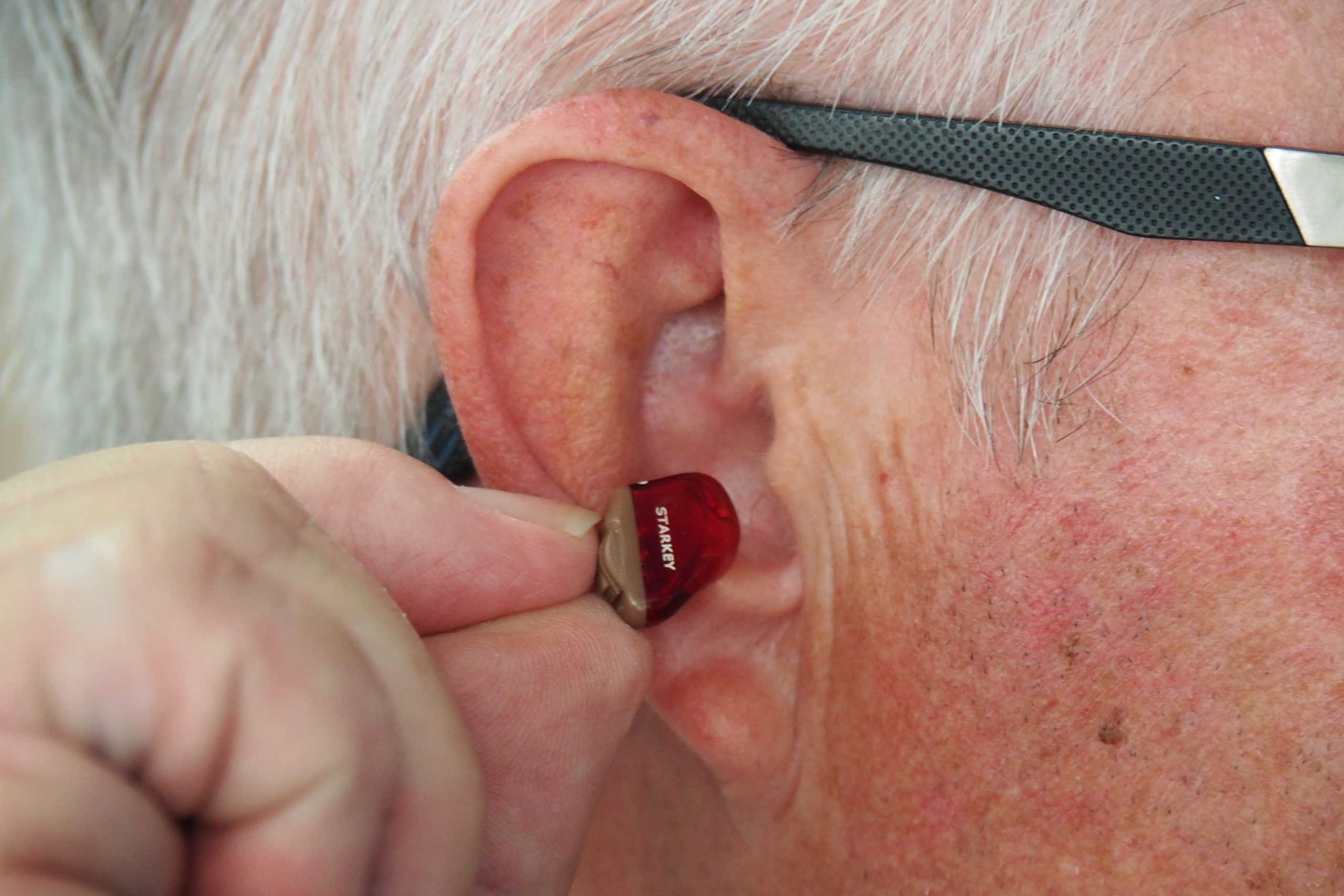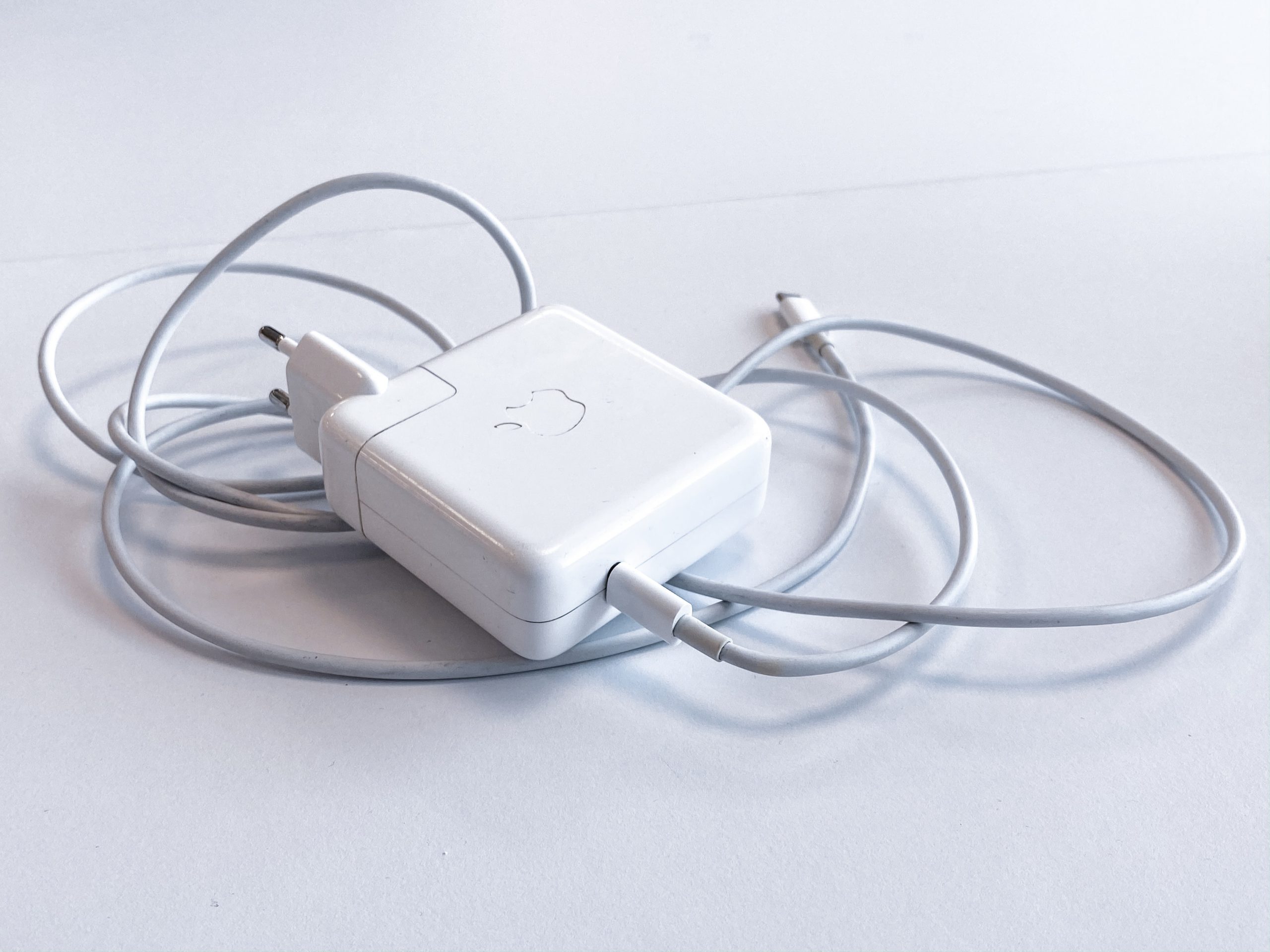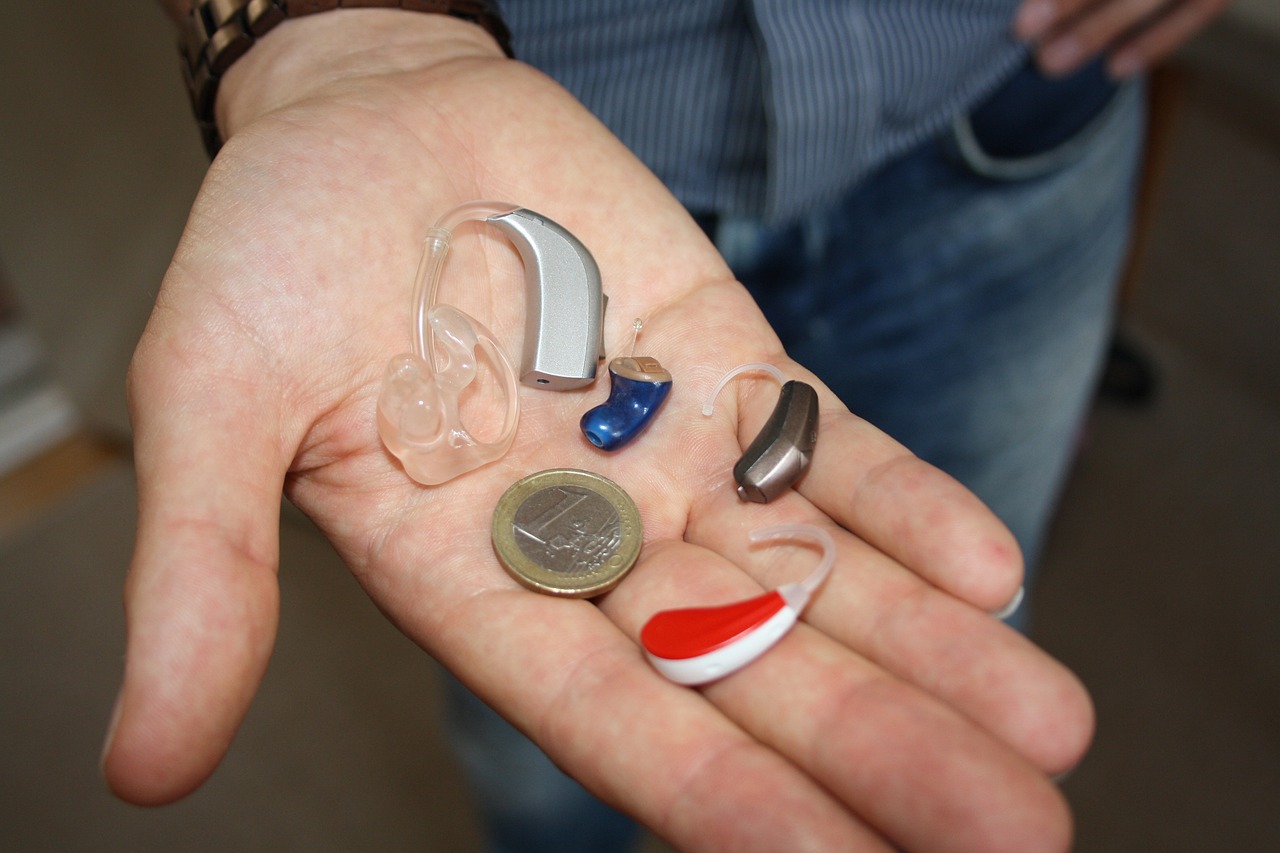
According to the NIDCD, out of the around 28.8 million U.S. adults who could benefit from using hearing aids, only 16% have ever used one! Why such the low number? While there are many reasons why one would avoid using hearing aids, perhaps the most common is financial. The price and cost of hearing aids is not a simple topic; there’s much to consider and understand before making that big purchase.
Contents
The Average Hearing Aid Price
The average price for one hearing aid is around $2,500, according to Consumer Reports. Furthermore, bilateral hearing loss (hearing loss in both ears) is very common, meaning most customers will have to pay twice.
The manufacturing and production cost for one hearing aid?
Quite the markup, isn’t it? There are many reasons behind the increase in price, which we cover in our “The Reason Why Hearing Aids Are So Expensive” article.
The biggest price increase, however, happens as soon as you step into your local audiologist or hearing health specialists office.
Purchasing Hearing Aids From An Audiologist
Before 2017, hearing aids required a medical evaluation to purchase. You would receive the medical evaluation from an audiologist and then purchase whatever (usually expensive) hearing aid brand they stocked.
Furthermore, you often did not pay just for the hearing aids themselves, but also the medical evaluation, consultation, initial hearing aid fitting, any follow-up appointments, a warranty, and other services. This way of purchasing is called the bundled purchase, and is where the traditionally high price of hearing aids originates from.
There are also options for an unbundled purchase (pay as you come type deal), but seeing as your hearing can change and repeat visits to the audiologist are very likely, many choose the bundled purchase route.
Buying Hearing Aids Directly
As we mentioned earlier, however, in 2017 everything changed. The FDA Reauthorization Act of 2017 (FDARA) made medical evaluations no longer necessary for purchasing hearing aids. Consumers became able to cut out the middleman and purchase directly from retailers.
Stores such as Costco have opened their own Hearing Aid Centers staffed by hearing aid/hearing specialists. Anyone with a Costco membership can receive a free hearing test and then purchase a hearing aid directly. Since big retailers like Costco purchase large amounts of hearing aids in bulk, they can pass those savings on to their customers.
Purchasing these hearing aids directly can net you some big savings – you can grab a pair of Costco’s Kirkland 9.0 Hearing Aids for only $1,499.99!
Other Ways Save Money On Hearing Aids Cost

Aside from purchasing directly, there are a couple of other ways to save money on your next hearing aid.
Does Your Insurance Cover Hearing Aids?
While hearing aid coverage is not as widespread as dental or vision coverage, there are still plans and providers who can cover or at least help with the cost of your hearing aids. It’s definitely worth inquiring with your provider and seeing what your plan offers.
You can also check out our articles on Medicare & Hearing Aids, Tricare & Hearing Aids, and Blue Cross & Hearing Aids for more information.
Choose Your Hearing Aid Features & Functions
Many hearing aids today feature advance technology such as:
- Bluetooth connectivity
- Speech/Voice software to amplify voices and conversations specifically
- Wind suppression to lower the volume of wind when outdoors
- Rechargeable batteries
- And more…
While these are all very useful, it might be better to ask yourself if you truly need it. If you spend most of your time indoors, then wind suppression is wasted real-estate on your hearing aid. Likewise, if you tend to not be a big fan of smartphones or other Bluetooth compatible products, then what is your Bluetooth hearing aid going to connect to?
Choosing an older and less feature heavy hearing aid model is one way easy way to lower the price.
Wait For OTC Hearing Aids
Aside from removing the requirement for a medical evaluation before purchasing hearing aids, the FDA Reauthorization Act of 2017 (FDARA) did one more important things for hearing aids.
The FDA introduced a new category of hearing aids called OTC Hearing Aids. Designed for those with mild to moderate hearing loss, these hearing aids would be purchasable over the counter or directly from online websites and require no prescription or evaluation. In addition, they would still be regulated by the FDA to provide a sense of quality assurance.
Regulations and guidelines have still not been released by the FDA, delaying the introduction of these new hearing aids. The potential is there, however, and already we can see the hearing aid market reacting to this new future.
The Olive Pro
Olive Union’s very own Olive Pro is set to shake up the hearing market with its revolutionary design, price, and performance.
Underneath these sleek Hi-Fi audio Bluetooth earbuds lies a FDA registered hearing aid designed for mild to moderate-severe hearing loss.
Take the 5 minute hearing test and set the frequencies and settings of the Olive Pro to your specific hearing needs. Wirelessly connect to your smartphone and enjoy Hi-Fi music, Bluetooth phone calls, and easy touch controls.
We’ve combined a traditional hearing aid with a modern Bluetooth earbud to give you both at only a fraction of the price. You can pre-order them now for a special discounted $199 price.
Hearing Aid Costs Doesn’t Have To Be Expensive!
Hearing aid users have certainly had to deal with many hurdles in the past. Of all these hurdles, price has remained high on that list.
Luckily, hearing aids are on track to become even more affordable, accessible, and attractive. With proper research and smart decisions, hearing aids are now available at lower prices than ever before. It’s an exciting time to be a hearing aid owner!
The information in this guide has been written using the following reliable sources:
Nidcd, Consumer Reports, CBC, FDA.gov









